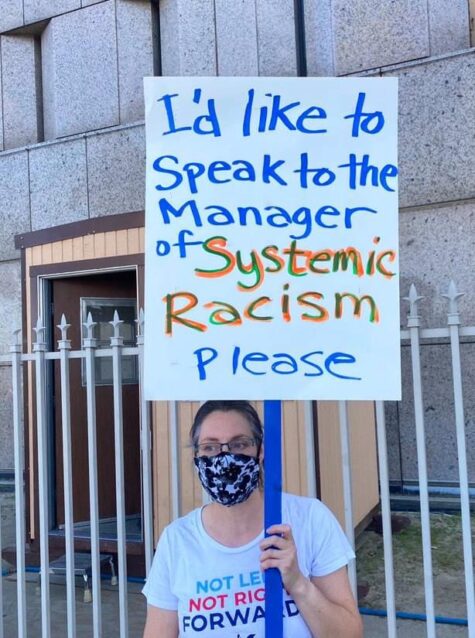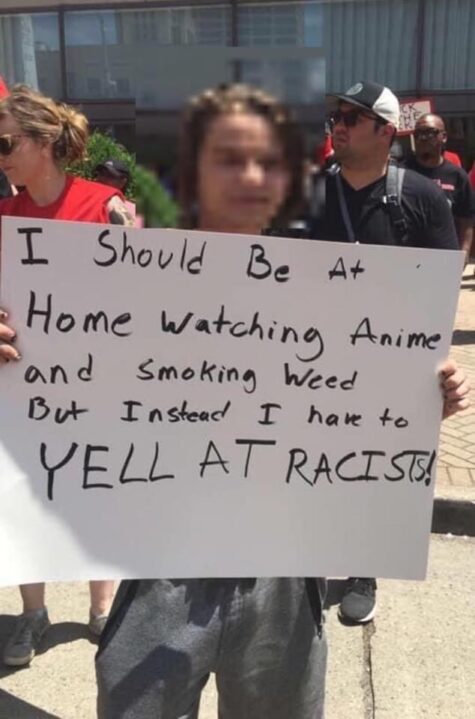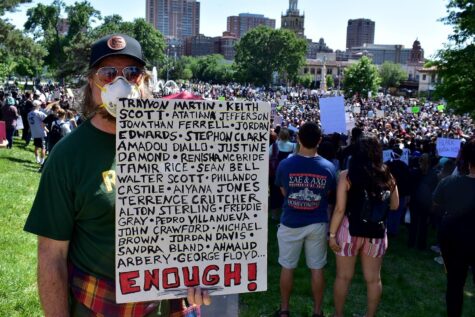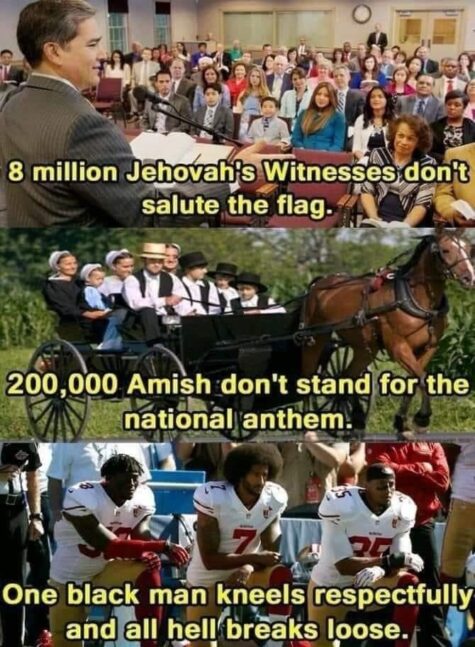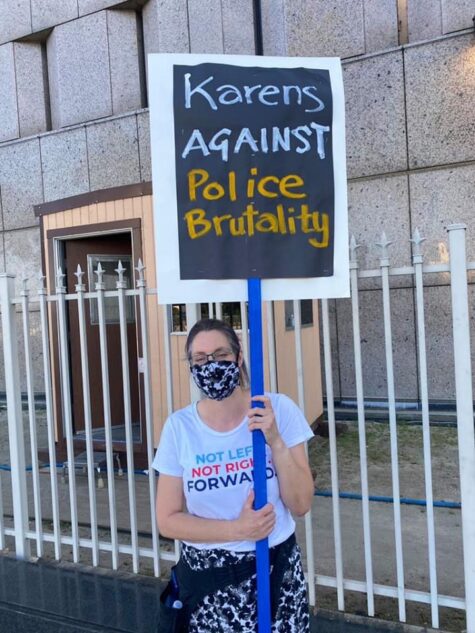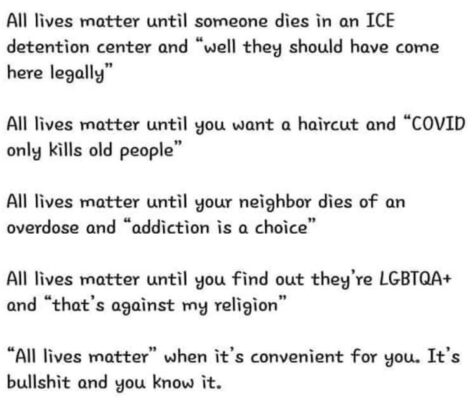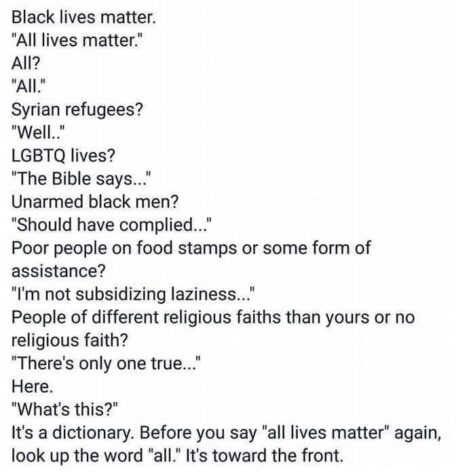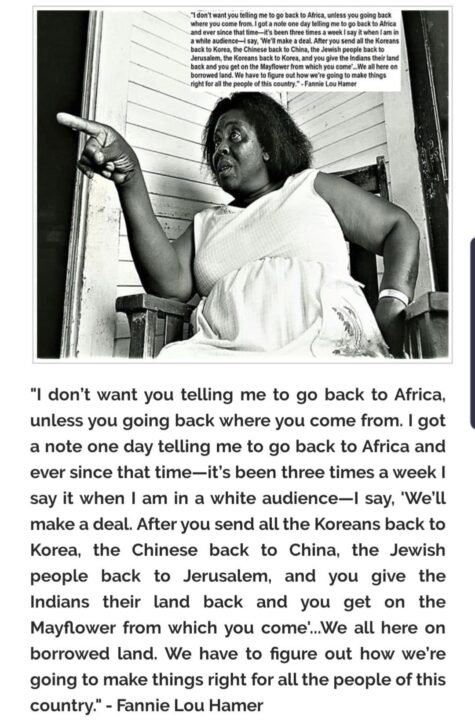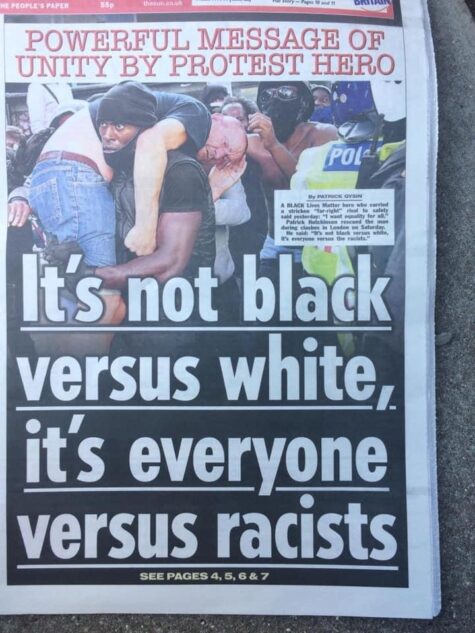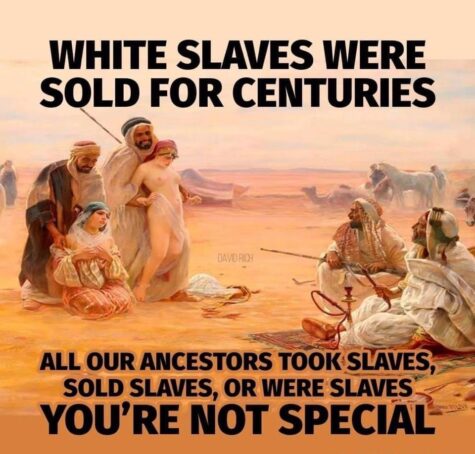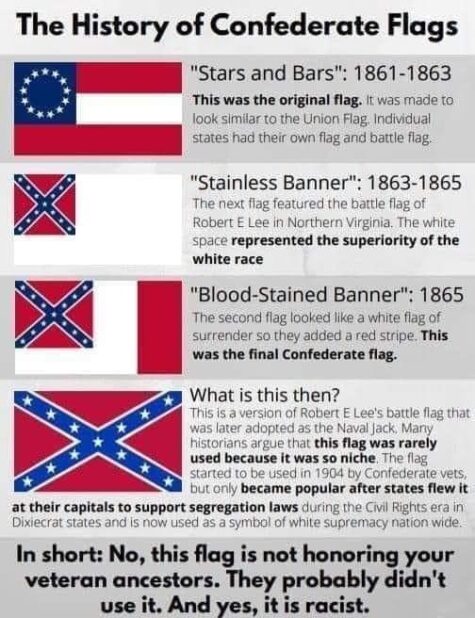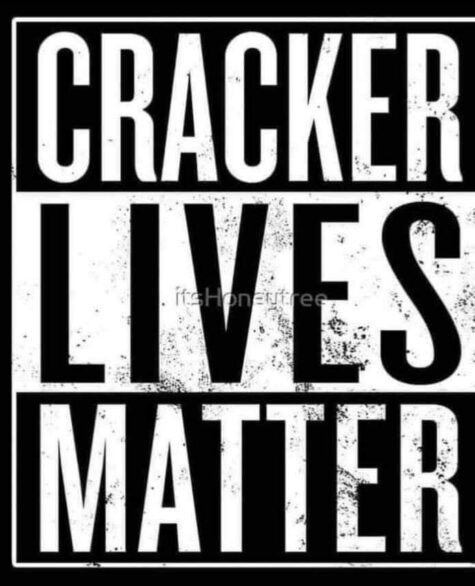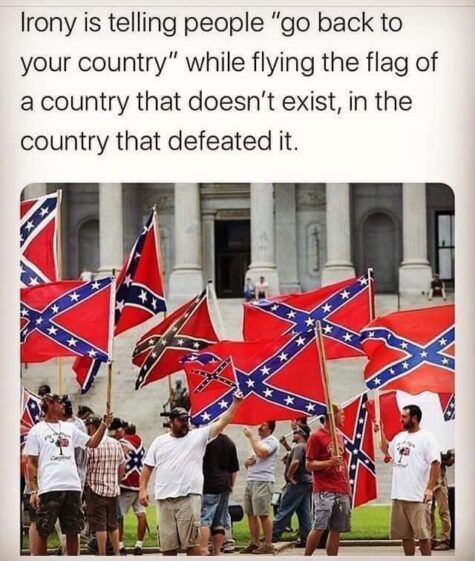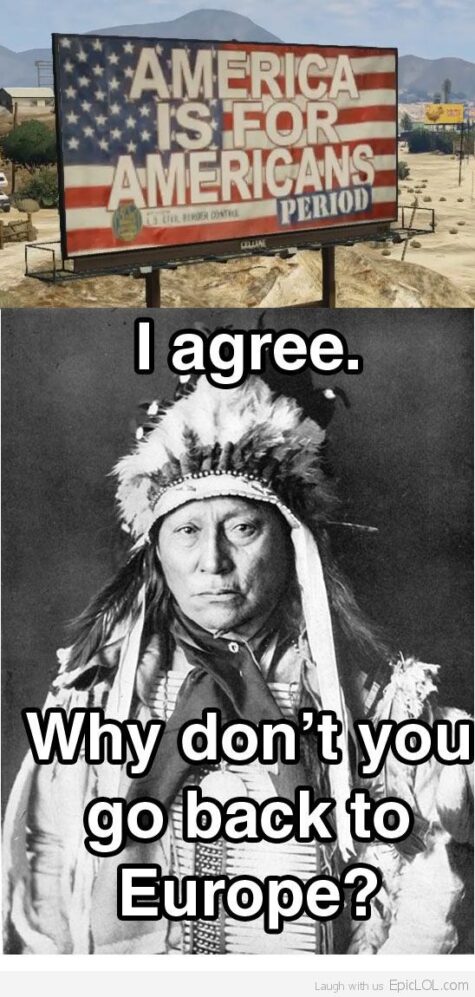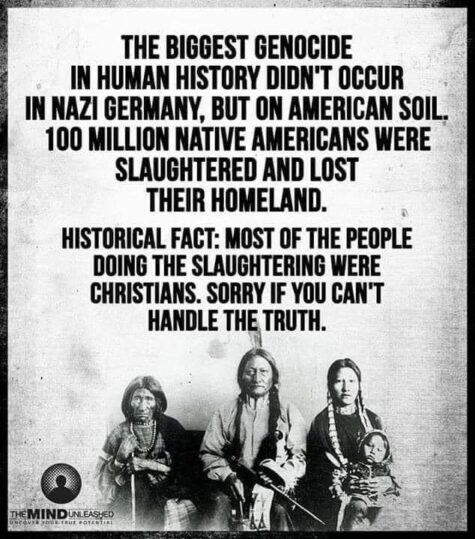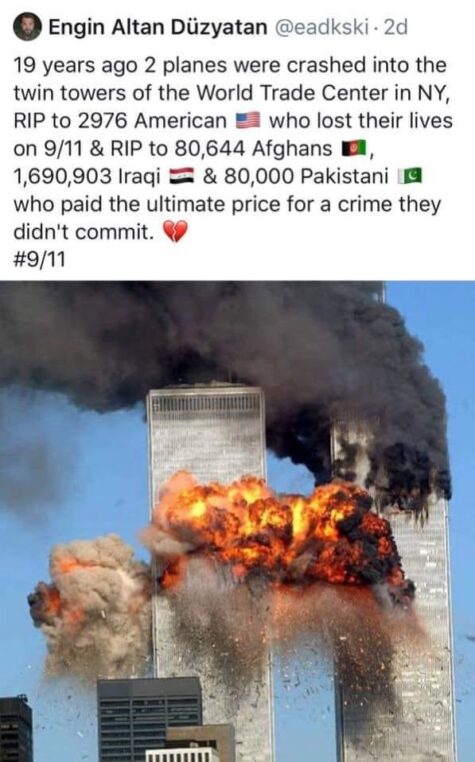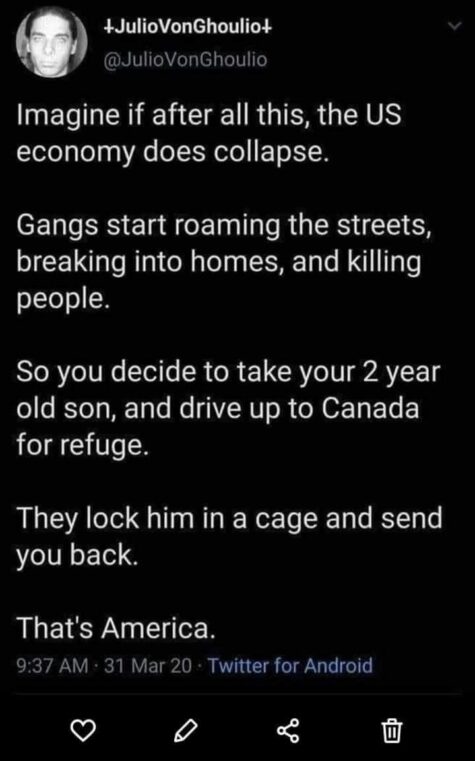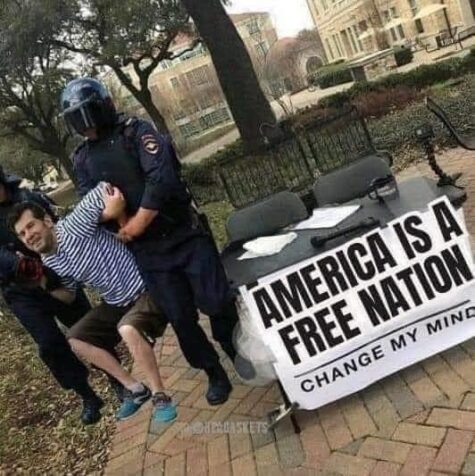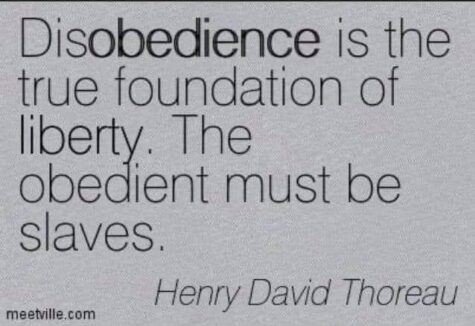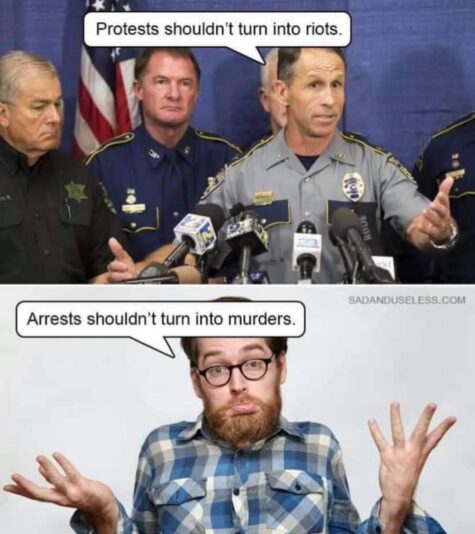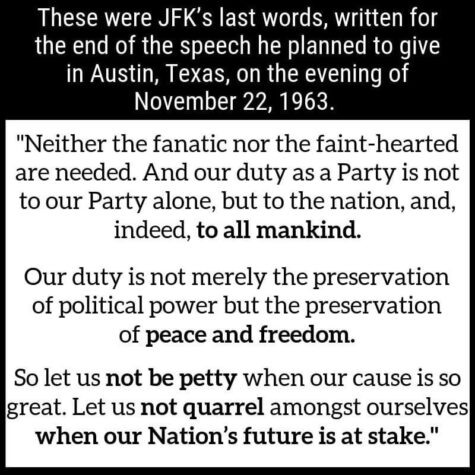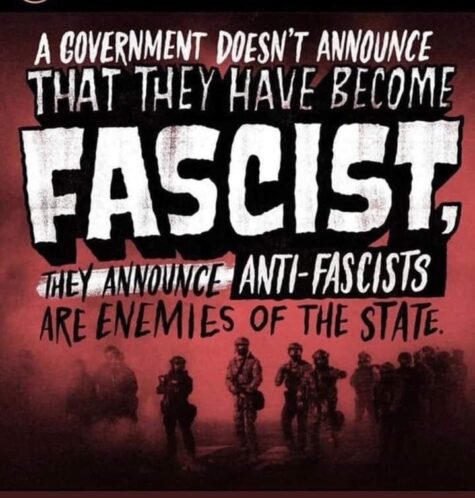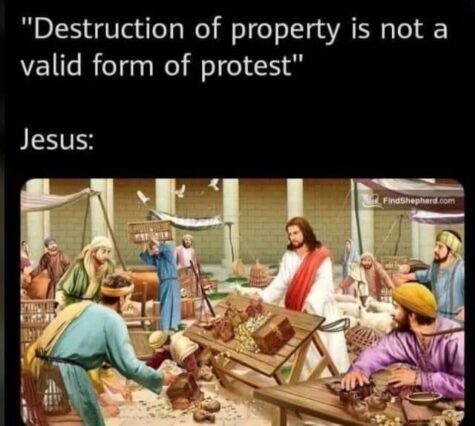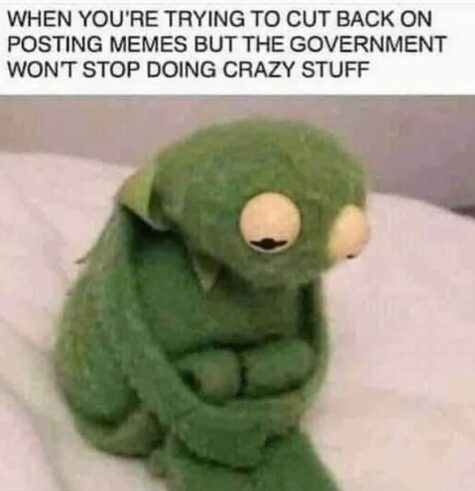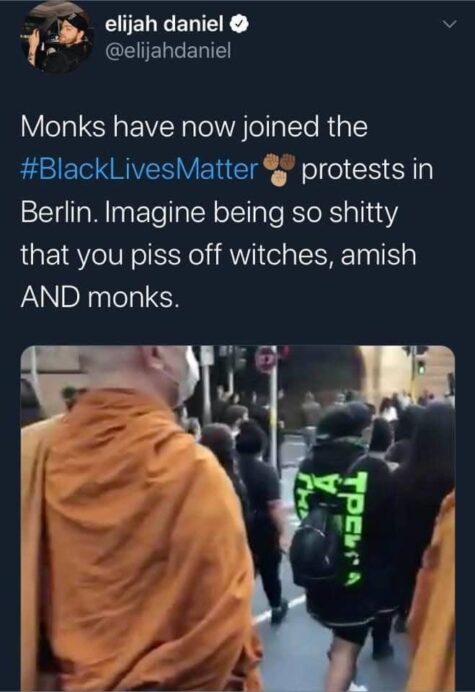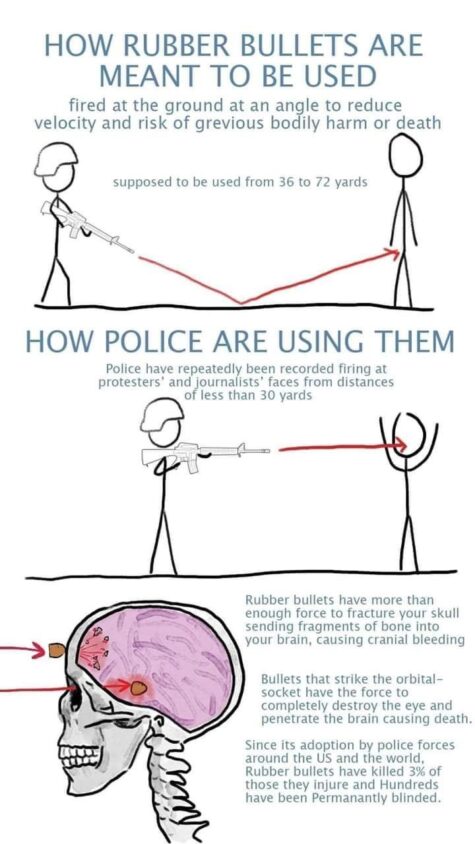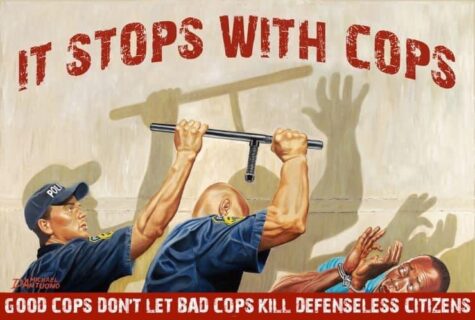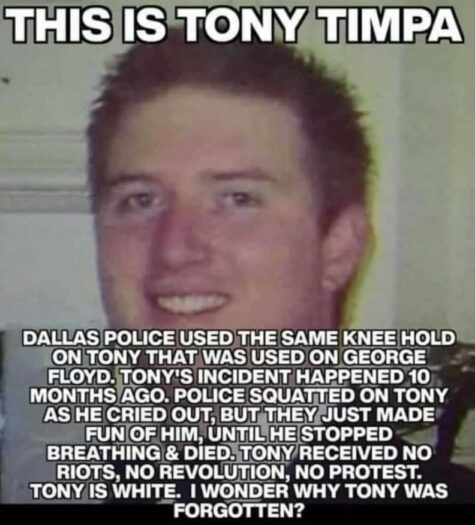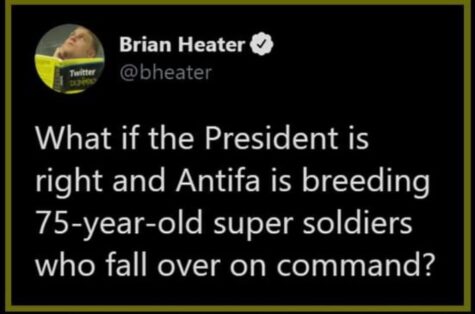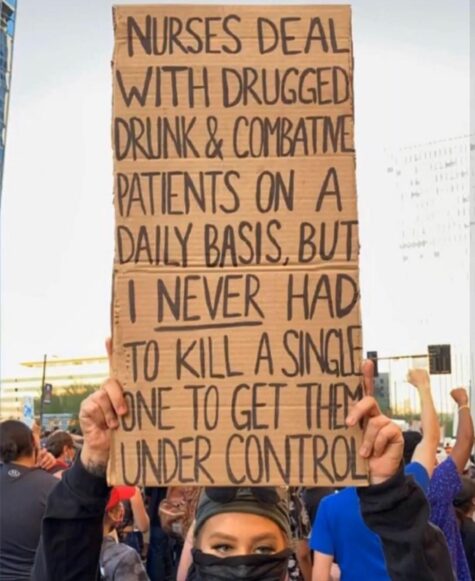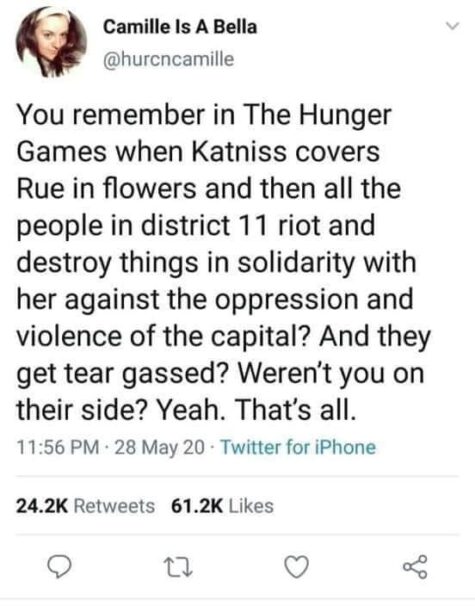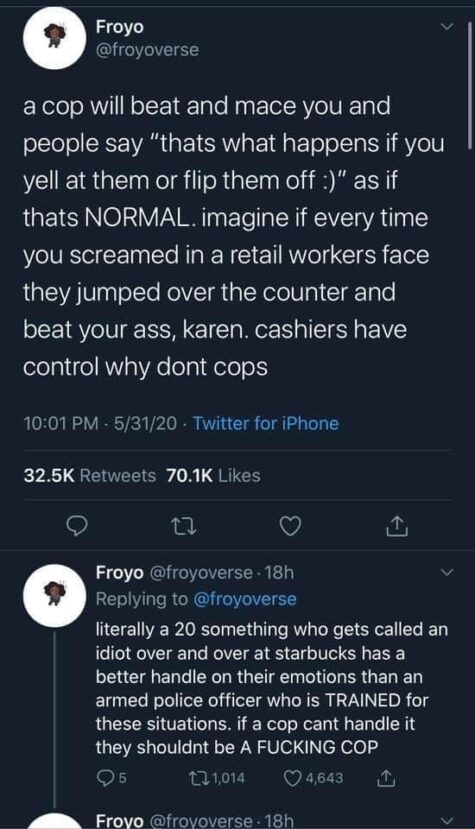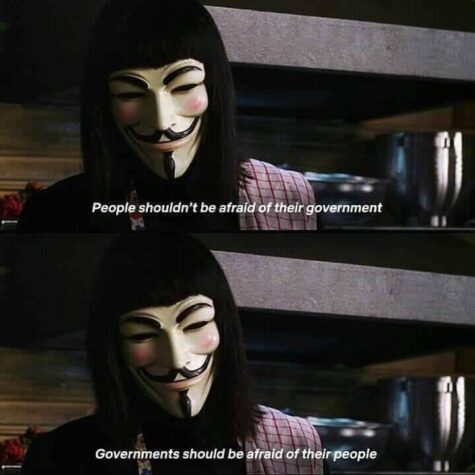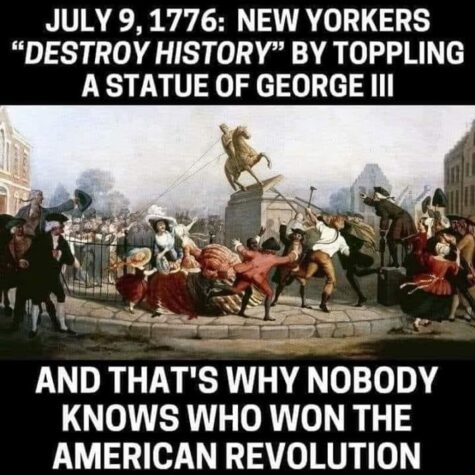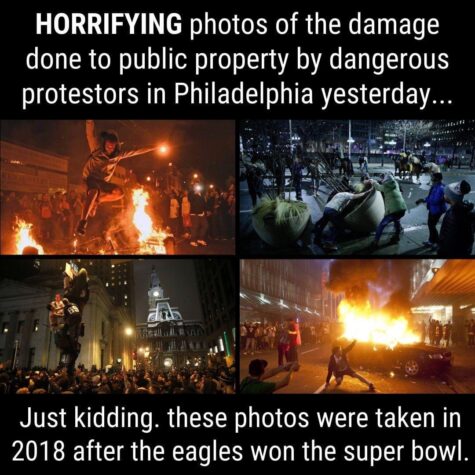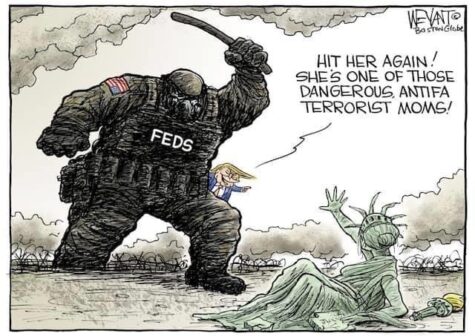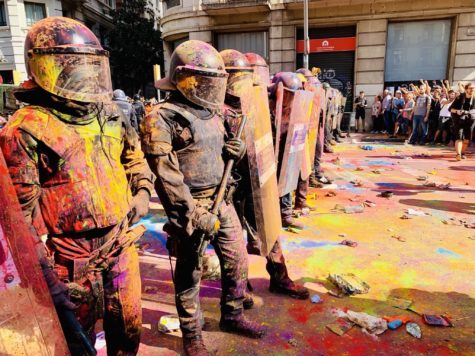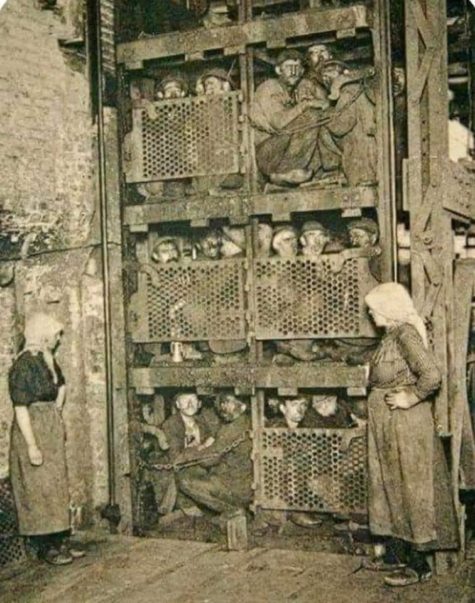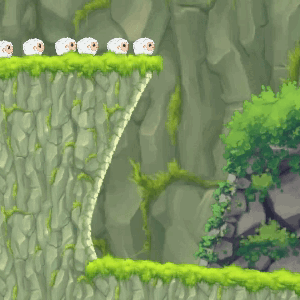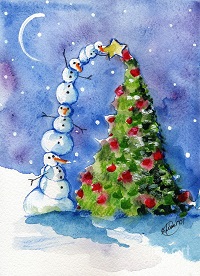Racism
I’m purging my files of all the collected possibly true (or maybe not) infographics and memes centered around the #blacklivesmatter, and racism issues currently sitting in my computer and my camera roll. I have fact checked nothing.
So why post this? Well, because it says a lot about what’s going on in people’s minds right now, and someday… maybe… someone might be interested. I might even want to revisit some of it for reasons that are currently unknown to me. So, with that in mind, here they are.
I’m purging my files of all the collected possibly true (or maybe not) memes and infographics regarding the 2020 riots, protests, and blowback. They are rapidly turning into old news and junking up my computer and my camera roll. I have fact checked nothing.
So why post this? Well, because it says a lot about what’s going on in people’s minds right now, and someday… maybe… someone might be interested. I might even want to revisit some of it for reasons that are currently unknown to me. So, with that in mind, here they are.
In Boston, during a verbal dispute, an unarmed teenage boy was forcefully hit in the head with the butt of a weapon by local law enforcement.
Word of the incident spread quickly, and a large number of locals gathered in the street where the incident had happened to protest almost immediately.
As the crowd grew, angry protesters shouted slogans; some business owners, fearing property damage, shut their doors.
The local authorities called for uniformed backup; backup came, well-armed.
The assembly was deemed “unlawful,” and the crowd was ordered to disperse. The protesters began to throw dirt clods in response.
In response, multiple uniformed law enforcers fired on the crowd. The 1st protester to die was a black man and the authorities justified the shooting by claiming that they “feared for their lives”.
If, while reading this story, you found yourself siding with the authorities and thinking that the protesters should’ve dispersed when ordered, or that the protesters armed with dirt & sticks deserved to be met with deadly force by armed law enforcement, I have bad news for you.
You chose the side of the tyrant King George III, not the American patriots.
The year was 1770, the authorities were British soldiers, the protest would later be called the Boston Massacre.
The 1st protester killed in that conflict was Crispus Attucks, a black man considered by many to be a heroic American patriot and the 1st casualty of the American Revolution.
Marinate on that for a minute.
The Irish slave trade began when 30,000 Irish prisoners were sold as slaves to the New World. The King James I Proclamation of 1625 required Irish political prisoners be sent overseas and sold to English settlers in the West Indies. By the mid 1600’s, the Irish were the main slaves sold to Antigua and Montserrat. At that time, 70% of the total population of Montserrat were Irish slaves.
Ireland quickly became the biggest source of human livestock for English merchants. The majority of the early slaves to the New World were actually white.
From 1641 to 1652, over 500,000 Irish were killed by the English and another 300,000 were sold as slaves. Ireland’s population fell from about 1,500,000 to 600,000 in one single decade. Families were ripped apart as the British did not allow Irish dads to take their wives and children with them across the Atlantic. This led to a helpless population of homeless women and children. Britain’s solution was to auction them off as well.
During the 1650’s, over 100,000 Irish children between the ages of 10 and 14 were taken from their parents and sold as slaves in the West Indies, Virginia and New England. In this decade, 52,000 Irish (mostly women and children) were sold to Barbados and Virginia. Another 30,000 Irish men and women were also transported and sold to the highest bidder. In 1656, Cromwell ordered that 2000 Irish children be taken to Jamaica and sold as slaves to English settlers.
Many people today will avoid calling the Irish slaves what they truly were: Slaves. They’ll come up with terms like “Indentured Servants” to describe what occurred to the Irish. However, in most cases from the 17th and 18th centuries, Irish slaves were nothing more than human cattle.
As an example, the African slave trade was just beginning during this same period. It is well recorded that African slaves, not tainted with the stain of the hated Catholic theology and more expensive to purchase, were often treated far better than their Irish counterparts.
African slaves were very expensive during the late 1600’s (50 Sterling). Irish slaves came cheap (no more than 5 Sterling). If a planter whipped or branded or beat an Irish slave to death, it was never a crime. A death was a monetary setback, but far cheaper than killing a more expensive African. The English masters quickly began breeding the Irish women for both their own personal pleasure and for greater profit.
Children of slaves were themselves slaves, which increased the size of the master’s free workforce. Even if an Irish woman somehow obtained her freedom, her kids would remain slaves of her master. Thus, Irish moms, even with this new found emancipation, would seldom abandon their kids and would remain in servitude.
In time, the English thought of a better way to use these women (in many cases, girls as young as 12) to increase their market share: The settlers began to breed Irish women and girls with African men to produce slaves with a distinct complexion. These new “mulatto” slaves brought a higher price than Irish livestock and, likewise, enabled the settlers to save money rather than purchase new African slaves.
This practice of interbreeding Irish females with African men went on for several decades and was so widespread that, in 1681, legislation was passed “forbidding the practice of mating Irish slave women to African slave men for the purpose of producing slaves for sale.” In short, it was stopped only because it interfered with the profits of a large slave transport company.
England continued to ship tens of thousands of Irish slaves for more than a century. Records state that, after the 1798 Irish Rebellion, thousands of Irish slaves were sold to both America and Australia. There were horrible abuses of both African and Irish captives. One British ship even dumped 1,302 slaves into the Atlantic Ocean so that the crew would have plenty of food to eat.
There is little question that the Irish experienced the horrors of slavery as much (if not more in the 17th Century) as the Africans did. There is, also, very little question that those brown, tanned faces you witness in your travels to the West Indies are very likely a combination of African and Irish ancestry.
In 1839, Britain finally decided on its own to end its participation in Satan’s highway to hell and stopped transporting slaves. While their decision did not stop pirates from doing what they desired, the new law slowly concluded THIS chapter of nightmarish Irish misery.
But, if anyone, black or white, believes that slavery was only an African experience, then they’ve got it completely wrong. Irish slavery is a subject worth remembering, not erasing from our memories.”
~Tony Arroyo

